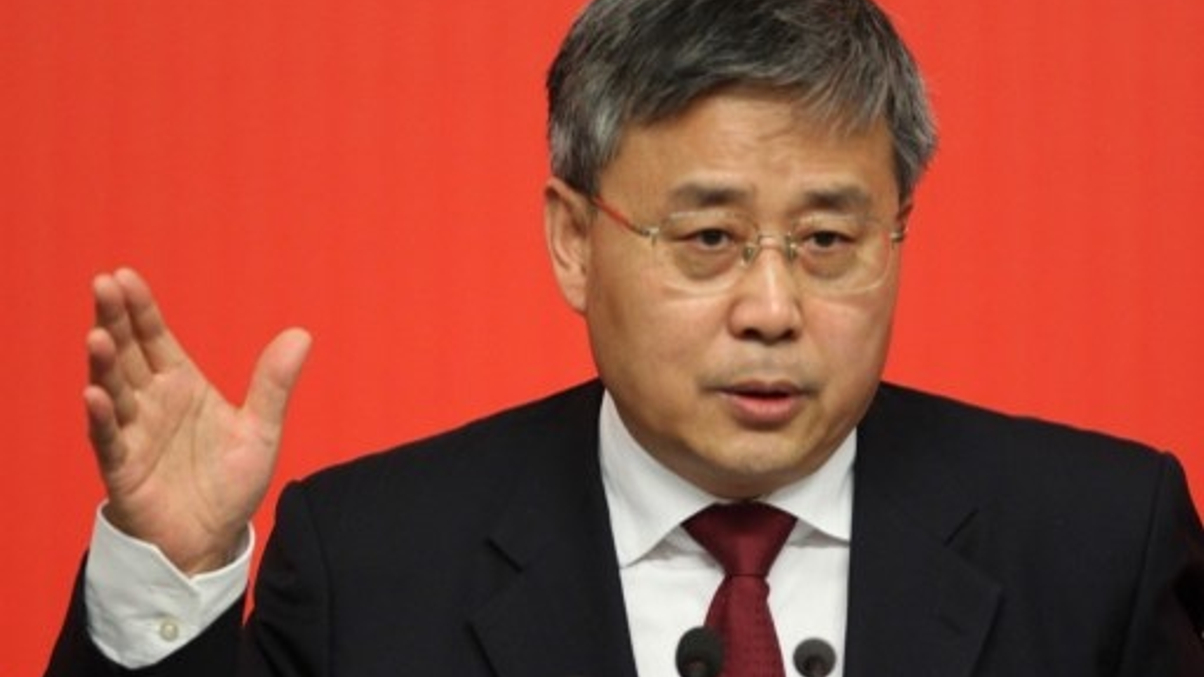Guo Shuqing's call for retail flows: aimed at ETFs?
Countdown to joining the MSCI: CSRC boss Guo Shuqing's call for a ramp-up of QFII and RQFII and giving retail investors daily liquidity may be a precursor to a landmark internationalisation of Chinese markets.

The chairman of securities regulator CSRC, Guo Shuqing, has made a call for a bold expansion of programmes admitting overseas investment into domestic capital markets, including opening to retail investors -- not just to invest into China, but to enable domestic residents to invest overseas.
Sign In to Your Account
Access Exclusive AsianInvestor Content!
Please sign in to your subscription to unlock full access to our premium AI resources.
Free Registration & 7-Day Trial
Register now to enjoy a 7-day free trial—no registration fees required. Click the link to get started.
Note: This free trial is a one-time offer.
¬ Haymarket Media Limited. All rights reserved.


